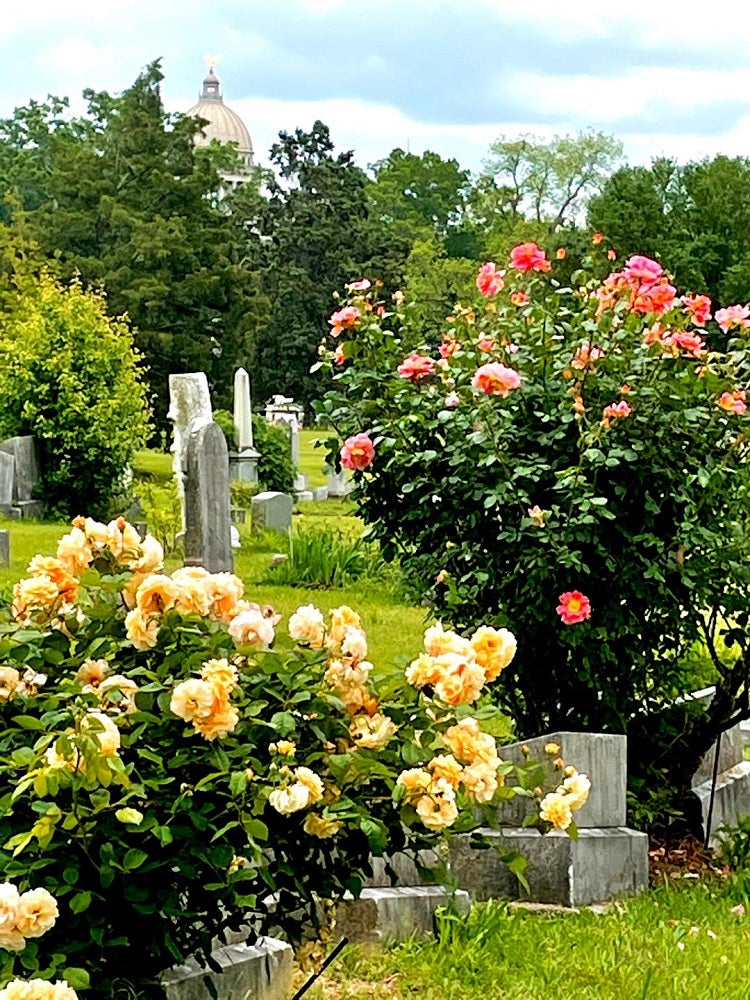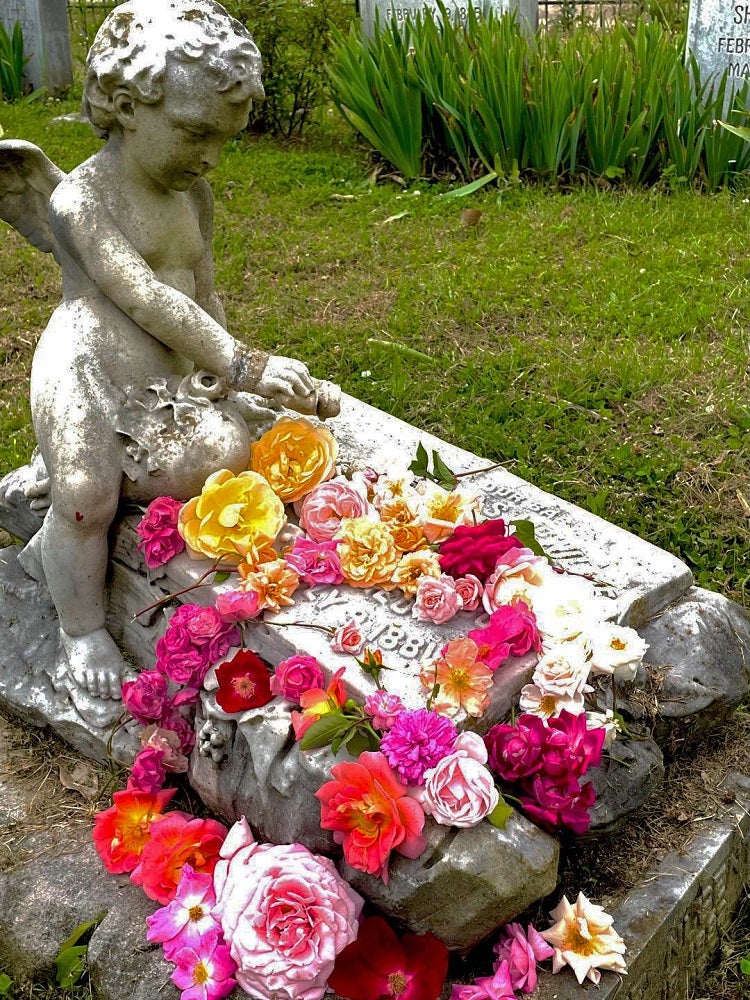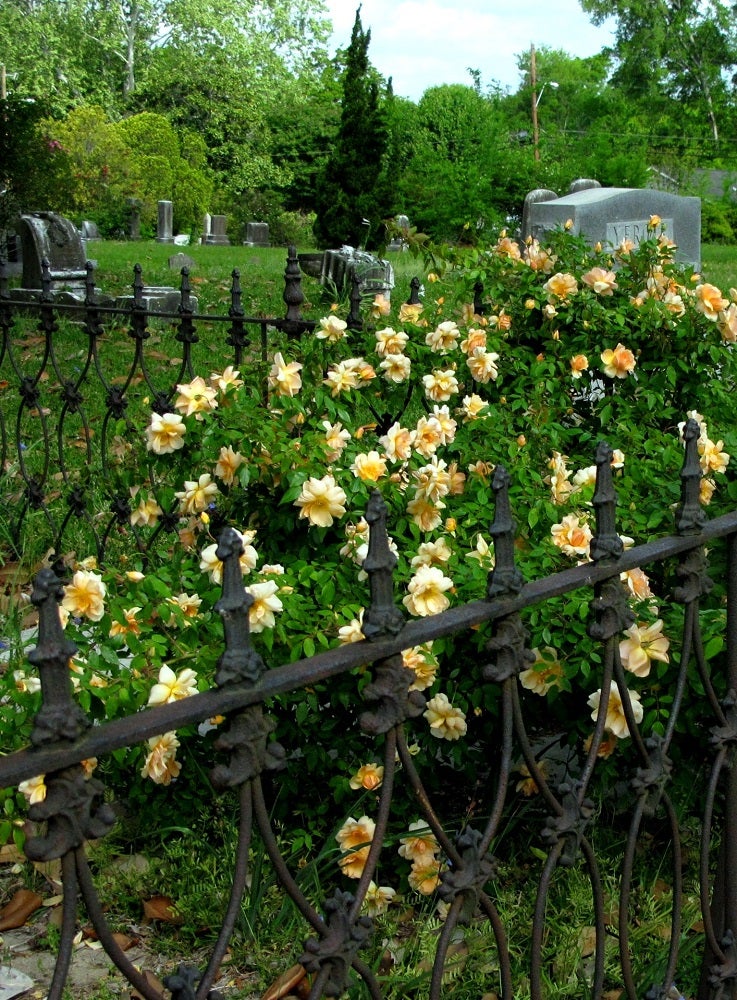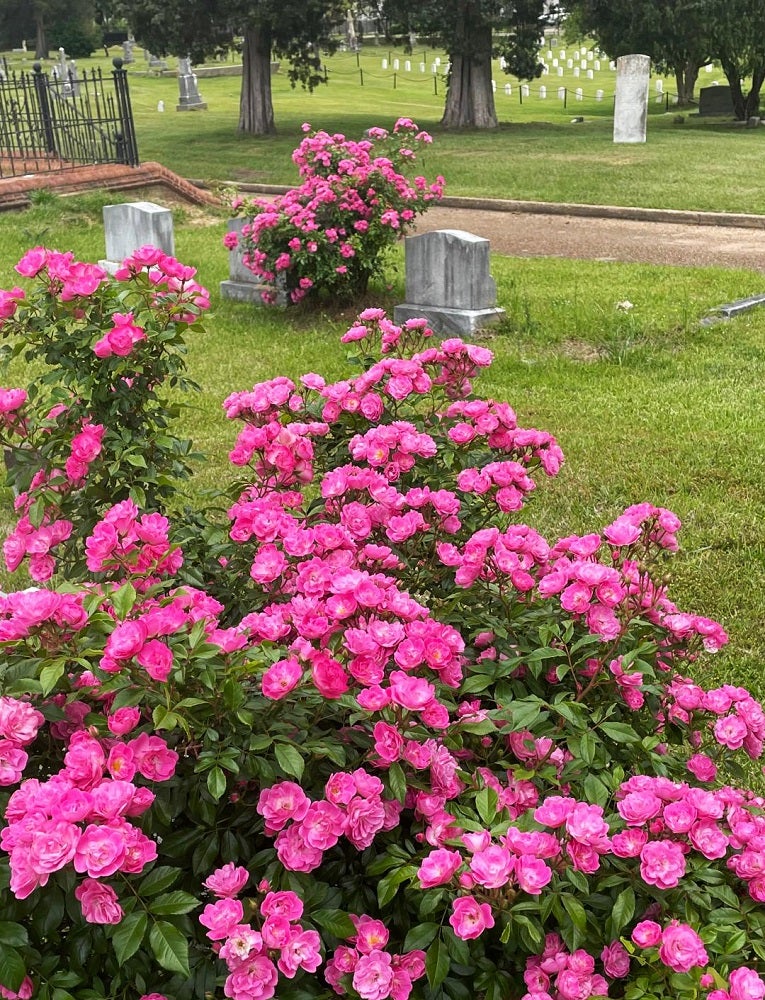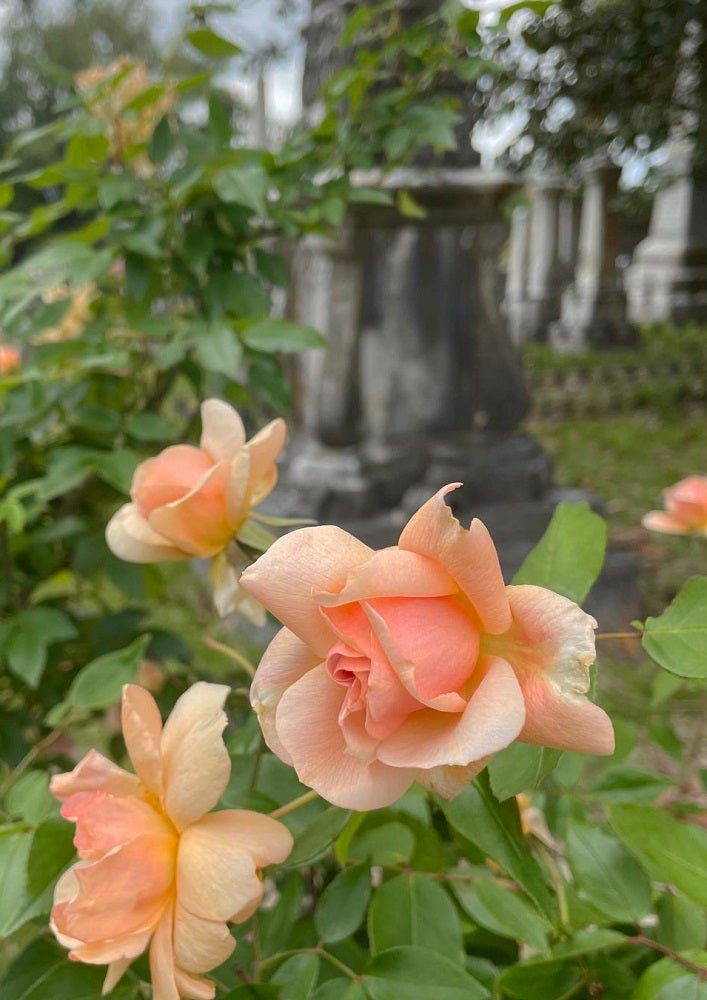Ways to reduce your frustration growing roses
Published 11:02 am Sunday, May 9, 2021
|
Getting your Trinity Audio player ready...
|
Maybe it’s just anecdotal but, after such a harsh winter, but either we’ve forgotten what happens every spring, or the roses actually do seem fuller and prettier this year. At least those that thrive in Mississippi’s harsh climate do.
In my dogged quest for having something flowering, edible, and with beautiful foliage in my garden every single week of the year, I have spent decades identifying those which are the most predictably beholdable for every season.
Unfortunately, not all different varieties of even the most reliable plants are equal. Many depend on specific ranges of winter “chilling hours” (above freezing but below 45 degrees) to flower, which is why we don’t do traditional lilacs and cherries, and why only a few cultivars of peonies and daffodils flower well after a mild winter.
Equally frustrating, many choice plants widely enjoyed in climates where it cools down at night in the summer, including England, our Pacific Northwest and more northern states, and upper elevations even in the South, sag and suffer here if they survive at all.
So, in a long game of trial and error in which countless enthusiastic gardeners try out exciting plants from afar, those that survive are the ones I recommend new gardeners start with. I just added, to my little free treatise on the most durable plants for Mississippi gardens, a month-by-month guide; shoot me an email via my felderrushing.blog link and I’ll send you a printable copy which you can share if you choose.
Which brings me back to roses. America’s Floral Emblem can be downright vexing due to finicky roots, devastating foliage diseases, and insect attacks. Of the hundreds of thousands that are planted every year, many don’t make it more than three or four years even with the best of care.
This is so predictable that a good friend of mine who loves her rose bed with a dozen of her favorites, has a successful if somewhat ruthless way to reduce her frustration. Every spring she picks out three new roses that strike her fancy, and almost without remorse digs up and replaces whichever three already in her bed aren’t up to snuff. Sometimes she replants fresh new shrubs that are the same kinds that she dug up, because they are so worth enjoying even if just for a few years.
Meanwhile, there are old roses growing all over the state with little or no care. My favorite go-to site for seeing and smelling many of the best is the 1820s Greenwood Cemetery located one block north of our state capitol in downtown Jackson. There are many dozens of shrubs representing many different kinds, nestled between tombstones where string trimmers can’t get to them; the “own root” (not grafted) beauties are repeat flowering and thrive with only occasional pruning, hit-or-miss fertilizing, no watering, and no sprays yet are nearly if not completely disease free.
I often make a nearly macabre point, which you can visit Greenwood cemetery and see for yourself, that there are gorgeous, fragrant roses that even dead people can grow.
I have rooted and grow some of the cemetery’s best repeat-bloomers, all found online and occasionally locally. My starter list includes The Fairy, Mutablis (the “butterfly rose”), Red Cascades, Cecile Brunner, Carefree Wonder, Ballerina, Heritage, Knockout, the uber-fragrant Lady of Shalott, Bonica, Le Marne, Louis Philippe, Nearly Wild, and one from Texas named Caldwell Pink. Understatement: There are others of course, including some that get defoliated by black spot fungus but, with a little pruning, bound back quickly, gorgeous as ever.
And yeah, I think they look particularly gorgeous this spring.
Felder Rushing is a Mississippi author, columnist, and host of the “Gestalt Gardener” on MPB Think Radio. Email gardening questions to rushingfelder@yahoo.com.


